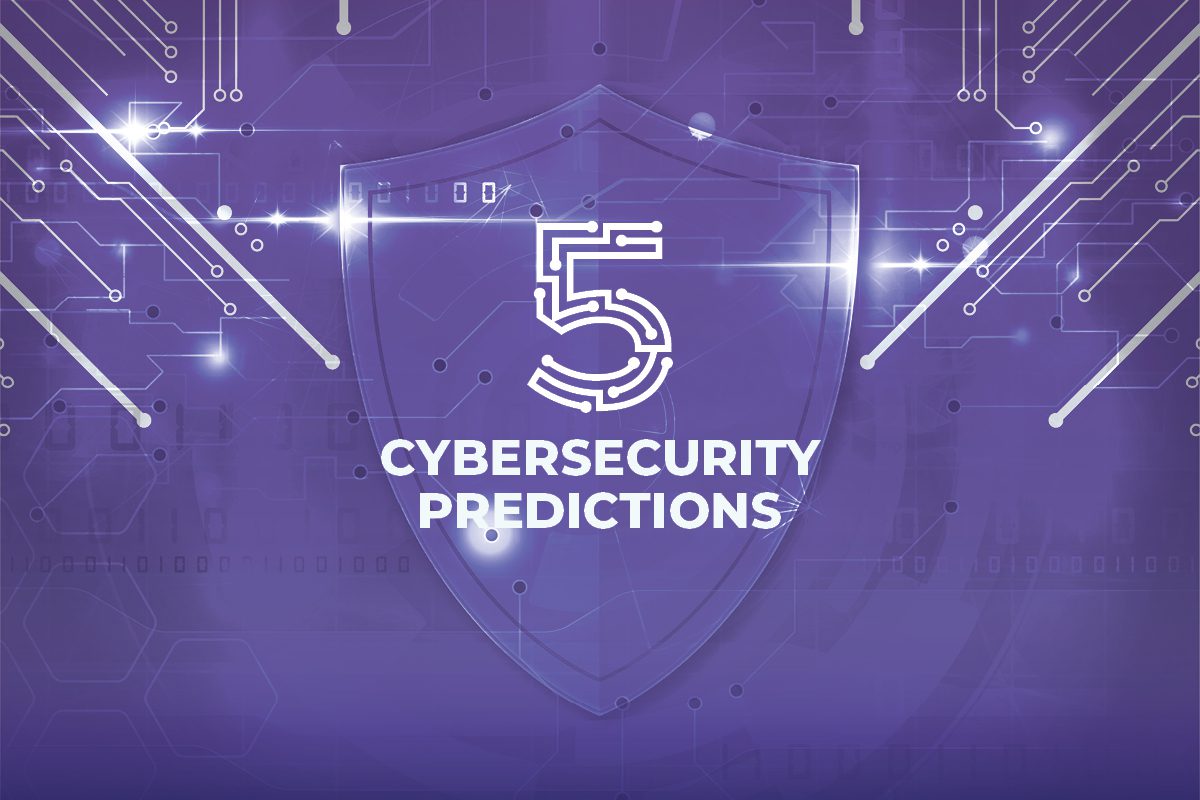Several current information security techniques continue to be ineffective in addressing organizations’ most critical threats. Here, the failure to secure supply chains is among the leading causes of cybercrimes. There was an unprecedented surge in the number of cyber-attacks targeting critical infrastructure and supply chains in 2021. Experts believe these attacks are only going to grow more prominent in 2022.
At this point, it may well be understood that protecting critical infrastructure from supply chain attacks can be a daunting task. Many of the systems that operate these critical systems have unique operational frameworks and are prone to exploitation. So, the primary challenge for supply chain operators is ensuring that their partners are aware of the risks associated with their activities.
Prevention vs. Mitigation
Despite the increasing number of security incidents, most organizations still believe that their most critical security measure is quickly responding to an issue. This is not the case since many supply chains are far-flung.
Many organizations don’t know which first-line vendors pose security risks to their supply chains. This is because most organizations don’t have enough data to properly identify and manage the risks associated with their supply chains.
Another major challenge is the skill shortage in the realm of cybersecurity. Despite the efforts to attract talent to the tech and security industry, the shortage of qualified individuals for these roles continues to pose operational challenges. In 2021, there were around 3.5 million vacant cybersecurity jobs.
The rise of the Internet of Things (IoT) is also expected to raise the level of cyberthreats around the supply chain. This is largely due to the wide variety of devices and networks that are connected to it. The increasing number of devices and the complexity of their interconnected attack surface adds to an already existing challenge.
Not validating the effectiveness of their security stack is another critical element that many organizations fail to address. Reports also indicate that many organizations fail to regularly validate the security posture of their networks and systems because they assume that their security measures are working as intended.
What is even more alarming is that almost half of these organizations experienced a data breach that they didn’t know about.
Despite the increasing number of security breaches, many organizations still ignore the operational security aspect of their security measures. This also leads to the neglect of the risks that are related to their supply chains.
The way forward
The key to effectively managing the risks associated with third-party vendors is to focus on the insoluble problems that can only be solved through an assessment tool and risk identification techniques.
We believe the security measures that are most effective for a company with a major vendor are those that are only applied to the remotest possible users.
The comprehensiveness of the organization’s supply chain security strategy is an essential component of effective security measures. It involves mapping the entire network and assessing the risks posed by various vendors. The failure to properly implement information security frameworks can result in serious breaches. This is especially concerning when it comes to investigations and handling lawsuits.



